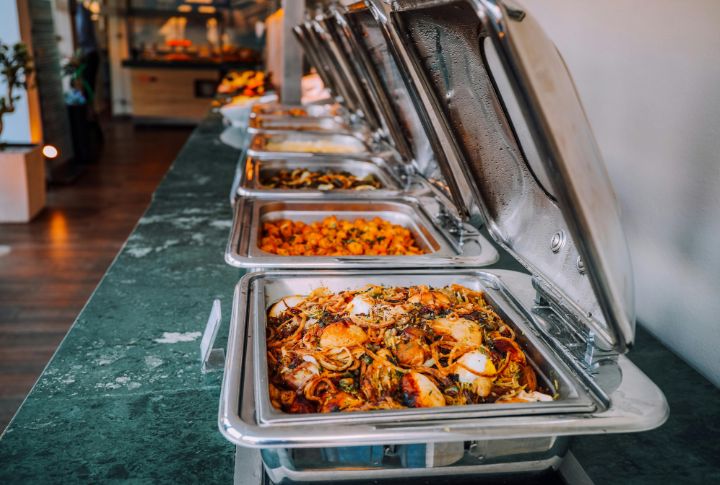
Buffets are a food lover’s playground. But not everything on those steaming trays is as safe as it looks. Some seemingly harmless dishes can hide surprising health risks, like hidden allergens, sneaky ingredients, or poor handling. Here is a list of 15 buffet food items to watch out for and avoid to keep your next dining experience delicious and safe.
Sushi Rolls With Raw Fish

While sushi is a favorite for many, it’s best avoided in these settings. Raw fish must be stored at a precise temperature to prevent bacteria from forming, and buffets may not meet these standards. The longer it sits out, the riskier it becomes. If you’re craving sushi, opt for rolls with cooked ingredients instead of raw fish.
Pre-Mixed Salads

Pre-mixed salads, especially creamy ones like tuna or Caesar salad, can be breeding grounds for bacteria if they’re left out too long. The combination of mayonnaise and warm temperatures makes them a high-risk item for foodborne illness. It’s not the salad itself that’s dangerous, but the dressing that sits in the “temperature danger zone” for too long.
Shrimp
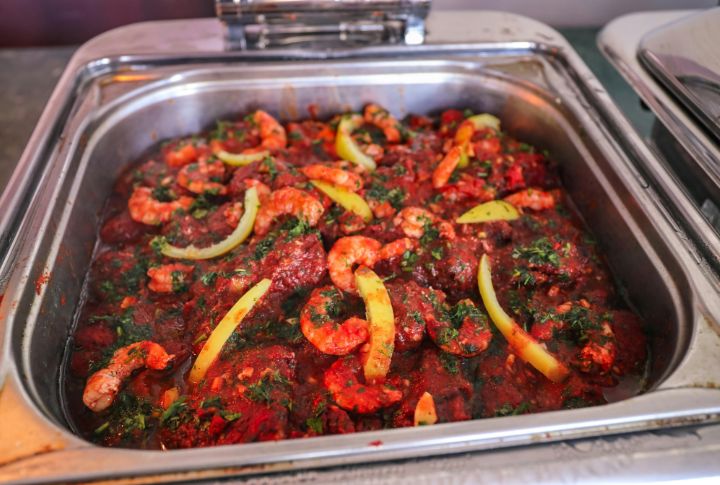
Shrimp is delicate and needs to be kept cold, but that’s often tricky at a buffet. When left out for too long, shrimp can develop bacteria that cause food poisoning. Unless you see a fresh batch coming out from the kitchen, it’s best to pass on the shrimp. Plus, buffet shrimp that’s overly cold or looks dry is a sure sign it’s been sitting out for a while.
Cream-Based Soups
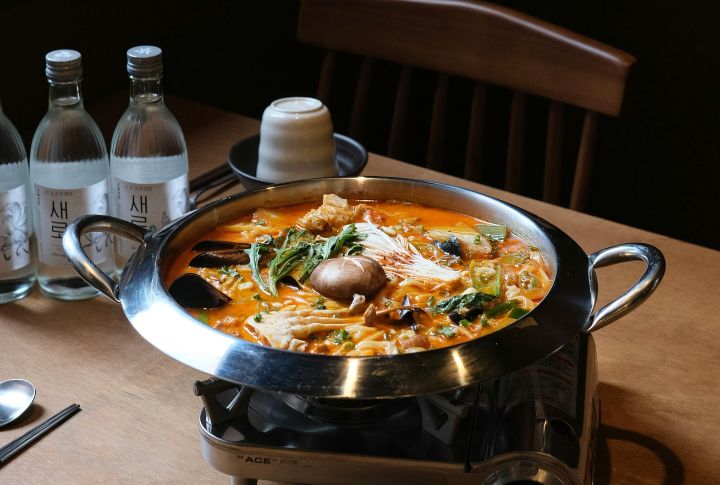
Creamy soups like cream of mushroom are delicious but risky at buffets. Dairy-based soups can spoil quickly if not kept at a proper temperature, leading to potential bacterial growth. Stick to broth-based soups if you must have soup at a buffet—they’re less likely to spoil and easier to keep at a safe temperature.
Fried Chicken
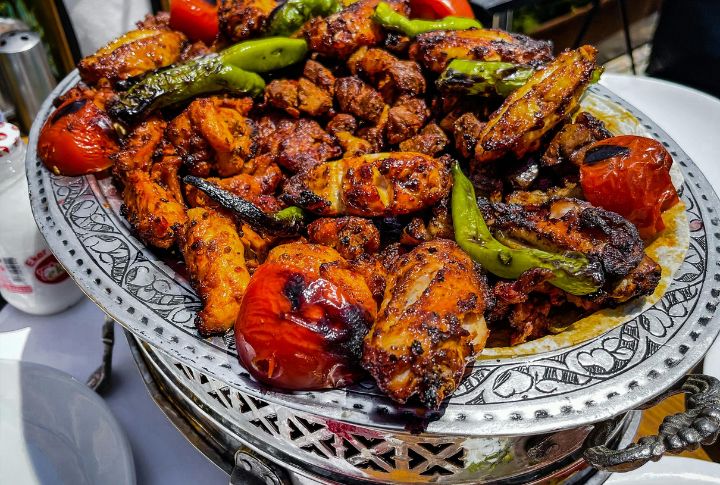
This one might be a popular buffet item, but it loses its appeal (and safety) after sitting in a warming tray for too long. The skin can get soggy, and the chicken itself can become dry or, worse, grow bacteria in lukewarm conditions. If the fried chicken looks like it’s been sitting for a while, it’s probably better to skip it and go for something freshly prepared.
Scrambled Eggs
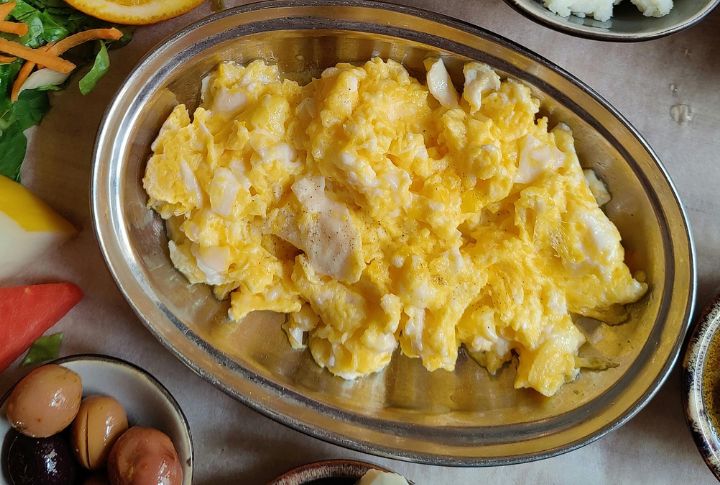
Buffet scrambled eggs are often a miss, especially because they tend to sit in large batches for long periods. Eggs can develop a rubbery texture and become unsafe when not kept at the right temperature. Plus, some buffets use powdered eggs, which can taste off. Look for freshly cooked eggs made to order if possible.
Mussels or Clams
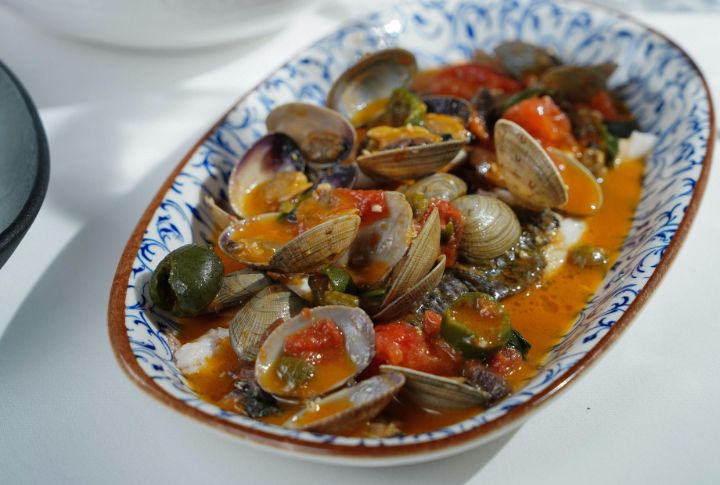
Mussels and clams are some of the most delicate buffet items and must always be kept at the right temperature. If they’re not ice-cold, they could hide more than a salty taste. For instance, shellfish sitting out too long might have an off smell or look dried out—clear signs to avoid them.
Pasta With Creamy Sauce
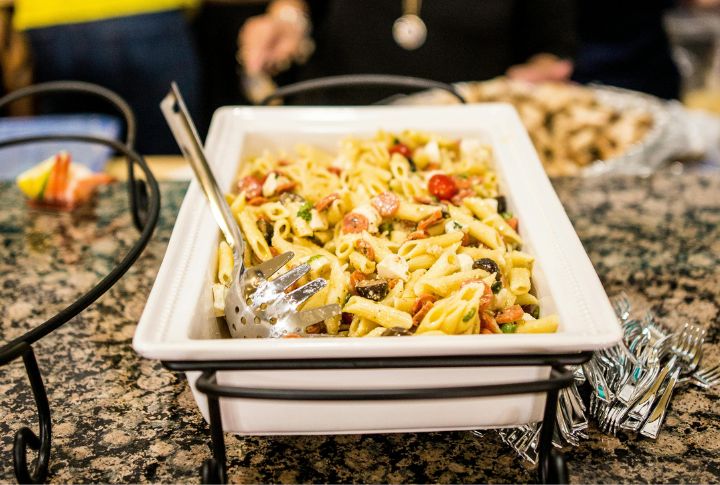
Buffet pasta dishes covered in creamy sauces like Alfredo may taste great when fresh, but they can quickly become a food safety issue. Cream sauces can separate, become too warm, and spoil if improperly kept. Plus, the texture tends to become gluey after sitting out. If you’re craving pasta, go for something with a tomato-based sauce.
Potato Salad
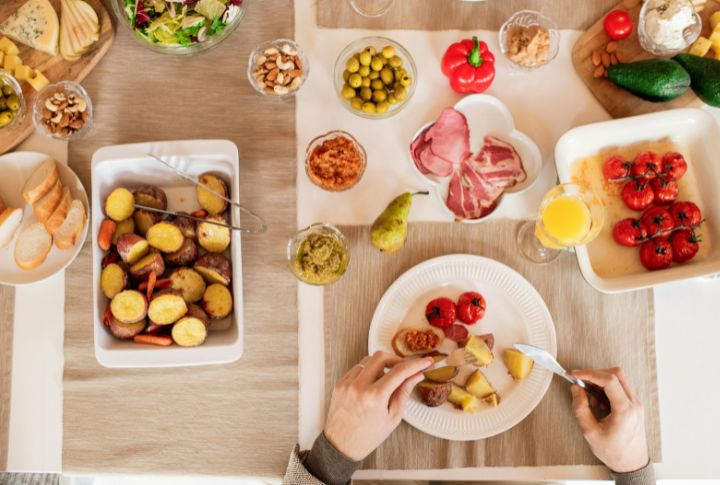
Ever notice how potato salad gets that warm, slightly questionable look after a while? That’s a red flag. Made with mayo, this salad needs to stay cool, or it becomes a playground for bacteria. If it’s been sitting out for too long, it’s best to pass. Here, mayonnaise is often blamed, but it’s the temperature that’s the real culprit.
Dry Casseroles
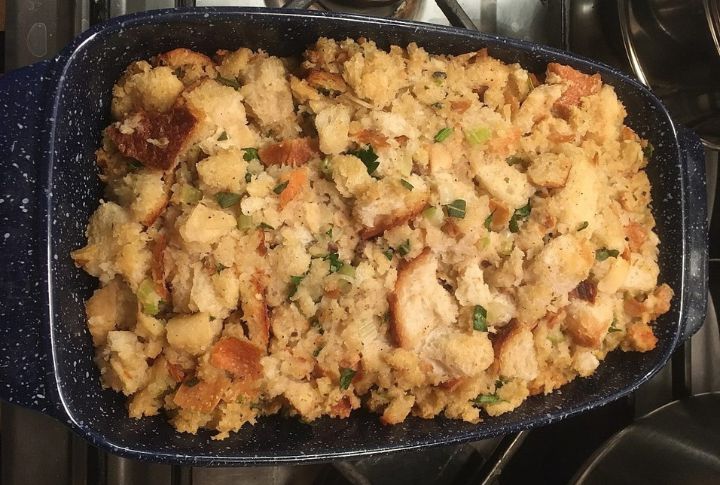
Casseroles are made with cheese, cream, or eggs and contain all the ingredients that spoil easily if left too long in buffet conditions. While they might be comfort food for many, they become something else entirely when they’ve been sitting under heat lamps for hours. This makes the once-creamy dish unappealing and potentially unsafe.
Raw Oysters
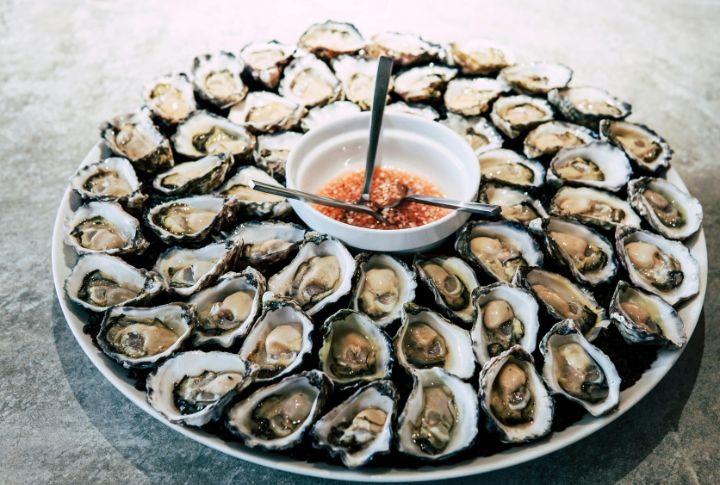
Oysters are already a hit-or-miss food in terms of safety, even in a high-end restaurant. At a buffet, where they might sit at room temperature for hours, they can pose a serious risk of foodborne illness. Plus, oysters can carry harmful bacteria like Vibrio, which can cause severe illness—best to steer clear unless you’re sure they’re freshly shucked.
Carved Roast Beef
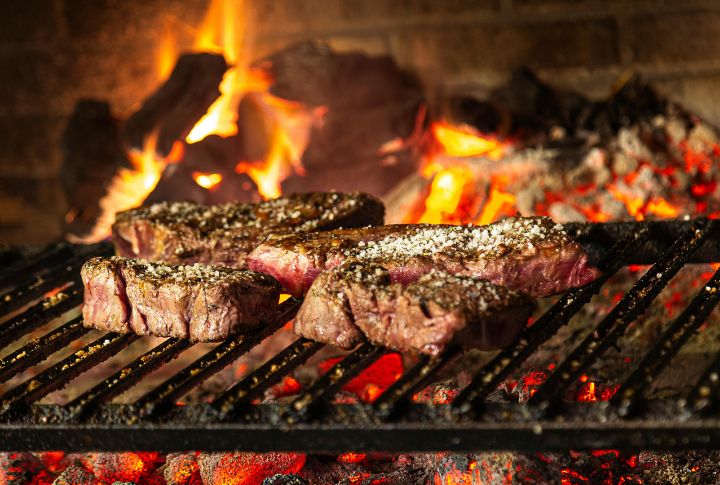
While they look impressive, the outer layers of roasted beef can dry out and become unsafe if left under a heat lamp for too long. Worse, if the carving utensils aren’t cleaned properly, cross-contamination can occur. Check the color and texture—if the meat looks dried out or too pink in the center, it’s best to avoid it.
Rice Dishes

Rice may seem like a safe option, but it can actually be a hotspot for bacteria, particularly Bacillus cereus, which grows when cooked rice is left at room temperature. Rice dishes sitting on buffet tables for extended periods can be risky. Fried rice or rice pilaf is especially susceptible if it hasn’t been properly heated, so choose cautiously.
Sliced Melons
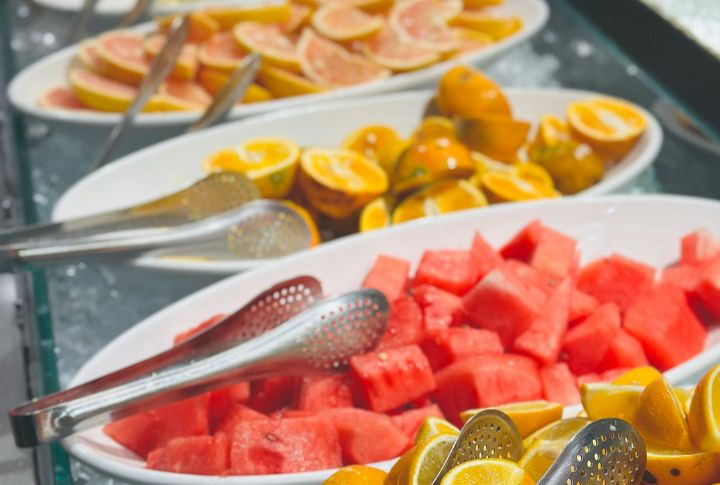
Melons, especially when pre-sliced, are particularly prone to bacterial growth when not kept cold. At buffets, melons are often left out in the open for long periods, making them a perfect place for bacteria to grow. If the fruit looks a little too warm or dried out, it’s better to skip it.
Stir-Fried Noodles

When loaded with sauce, stir-fried noodles can clump together, becoming a sticky mess. Not only do they lose their texture, but the combination of noodles and protein can create an unpleasant dish if not served hot and fresh. Fresh noodles should separate easily—if they look tangled or congealed, it’s probably time to skip that serving.

